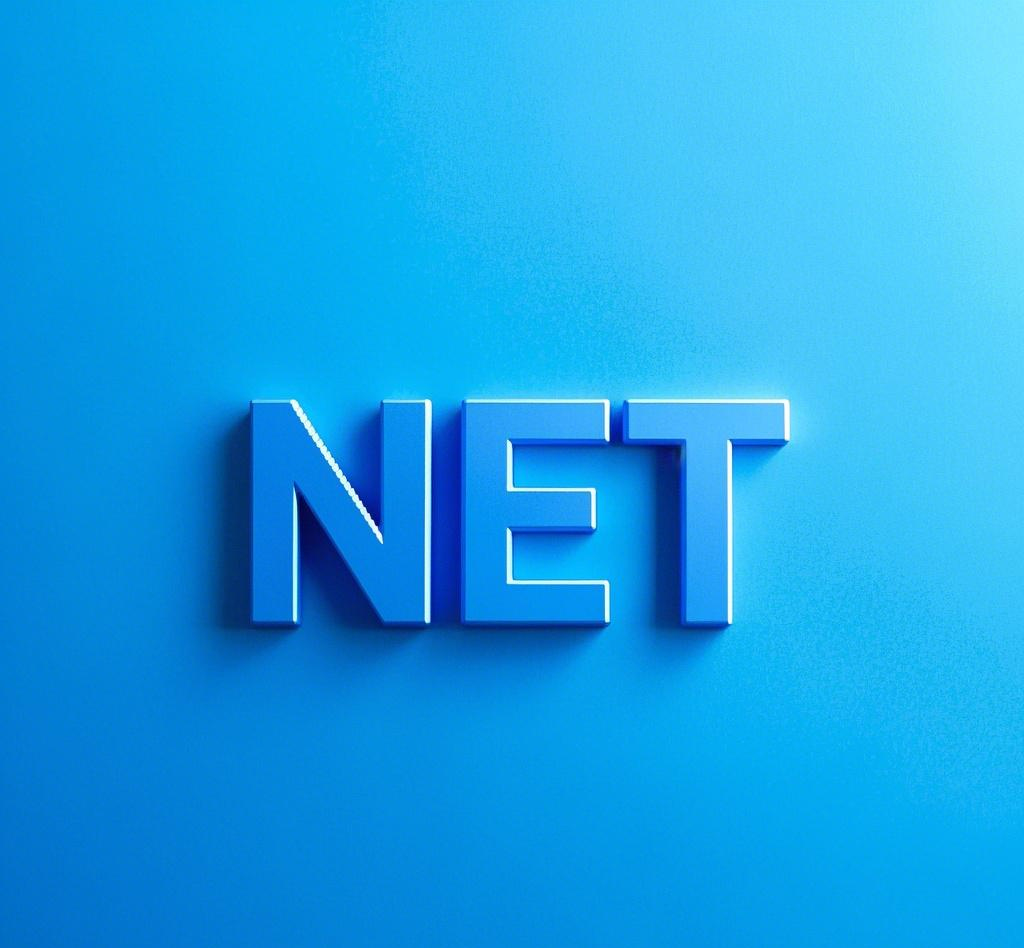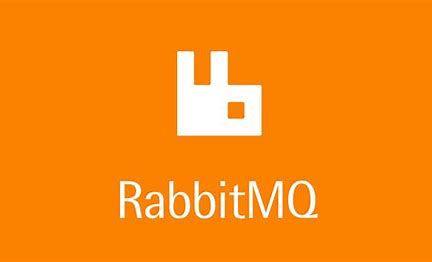WebApplication 和 WebApplicationBuilder
WebAppliction
用途:是实际运行的ASP.NET Core应用实例。通过它我们可以注册中间件[Use()]、映射终节点[Map()]、最终调用[Run()]启动服务监视器。
类比:真正盖好并运行的房子,住人、供电、供水的阶段。
核心组成
1 | var builder = WebApplication.CreateBuilder(args); |
| 成员 | 类型 | 说明 |
| app.UseXxx() | 中间件添加方法 | 用于处理请求的中间件管道 |
| apapp.UseXxx() | 终结点注册 | 定义请求的路由逻辑 |
| app.Run() | 启动方法 | 启动HTTP服务监听请求 |
| app.Environment | IHostEnvironment | 当前环境 |
| app.Services | IServiceProvider | 访问服务容器中的服务 |
示例
1 | app.Map("/test", async (pipeBuilder) => |
app.Map(“/test”, async (pipeBuilder) => { … })
这里将/test路径映射到一个新的中间件分支中。
Map()是条件分支(类似if),只当路径以/test开头时才执行内部管道。
pipeBuilder就是新的IApplicationBuilder,你可以在里面Use、Run中间件,彼此不会影响主管道。context.Response.ContentType = “text/html”;
context.Response是Httponse对象,代表服务器要发回的响应。
ContentType是设置响应头Content-Type.
设置为“text/html”,意味着:浏览器将按HTML格式渲染内容。写入的字符串将被当作HTML解析,而不是普通文本。
next.Invoke();进入下一个中间件
常见 Content-Type 类型
ContentType 说明
text/html 返回 HTML 网页内容
text/plain 纯文本(无格式)
application/json JSON 数据(常用于 API)
application/xml XML 数据
text/css CSS 样式表
application/javascript JavaScript 脚本
如果没设置 ContentType,默认是 text/plain,浏览器不会解析为 HTML,而是直接把 <h1>Hello</h1> 当作纯文本显示。
3.pipeBuilder.UseMiddleware<TestIMddleware>();自定义中间件。
1 | public class TestIMddleware |
- 为什么第二个Run()不执行?
中间件管道是单挑链表结构,从上到下依次调用。
Run()相当于Use()的最后一环,他不会调用next(),所以执行到第一个Run()后,后面的中间件被跳过了。
规则:只能有一个Run(),如果写多了,只有第一个生效,其他被忽略。
WebApplicationBuilder
用途:WebApplicationBuilder是用于构建WebApplication的工厂类,她负责配置服务、配置应用环境、日志、配置文件、主机设置等内容。
类比:他是建房子的阶段:备材料、设计圈、准备工人。
核心组成
1 | var builder = WebApplication.CreateBuilder(args); |
| 成员 | 类型 | 说明 |
| builder.Services | IServiceCollection | 注册DI容器中的服务 |
| builder.Configuration | ICongiguration | 加载配置文件(appsettings.json、环境变量等) |
| builder.Logging | ILoggingBuilder | 配置日志 |
| builder.Environment | IHostEnvironment | 当前运行环境(开发、生产) |
| builder.Host | IHostBuilder | 配置主机设置,如添加 HostedService |
| builder.WebHost | IWebHostBuilder | 主要配置 WebServer(Kestrel)、监听端口等 |
示例
1 | var builder = WebApplication.CreateBuilder(args); |
AddControllers();配置服务(注册到 DI 容器)
AddDbContext<AppDbContext>();注册你的数据库上下文 AppDbContext。
通常你会配合指定数据库类型,例如:
1 | builder.Services.AddDbContext<AppDbContext>(options => |
AddSwaggerGen();注册 Swagger 文档生成器,用于自动生成 OpenAPI 接口文档。
会启用 /swagger/v1/swagger.json 及 /swagger 的 UI 页面。
配合 app.UseSwagger() 和 app.UseSwaggerUI() 使用。
Logging.ClearProviders()清除所有默认注册的日志记录器(例如 Debug、EventLog 等)。
AddConsole() 启用控制台日志输出(运行时输出到终端)。
底层机制
WebApplicationBuilder 是对 HostApplicationBuilder 的包装,提供默认配置,并集成 IHostBuilder 和 IWebHostBuilder。
WebApplication 实现了 IApplicationBuilder 接口,是一个扩展了 Web 中间件构建和执行的类型。
构建过程本质上还是走 Host.CreateDefaultBuilder(),再添加了 Kestrel、日志、配置等默认配置。


